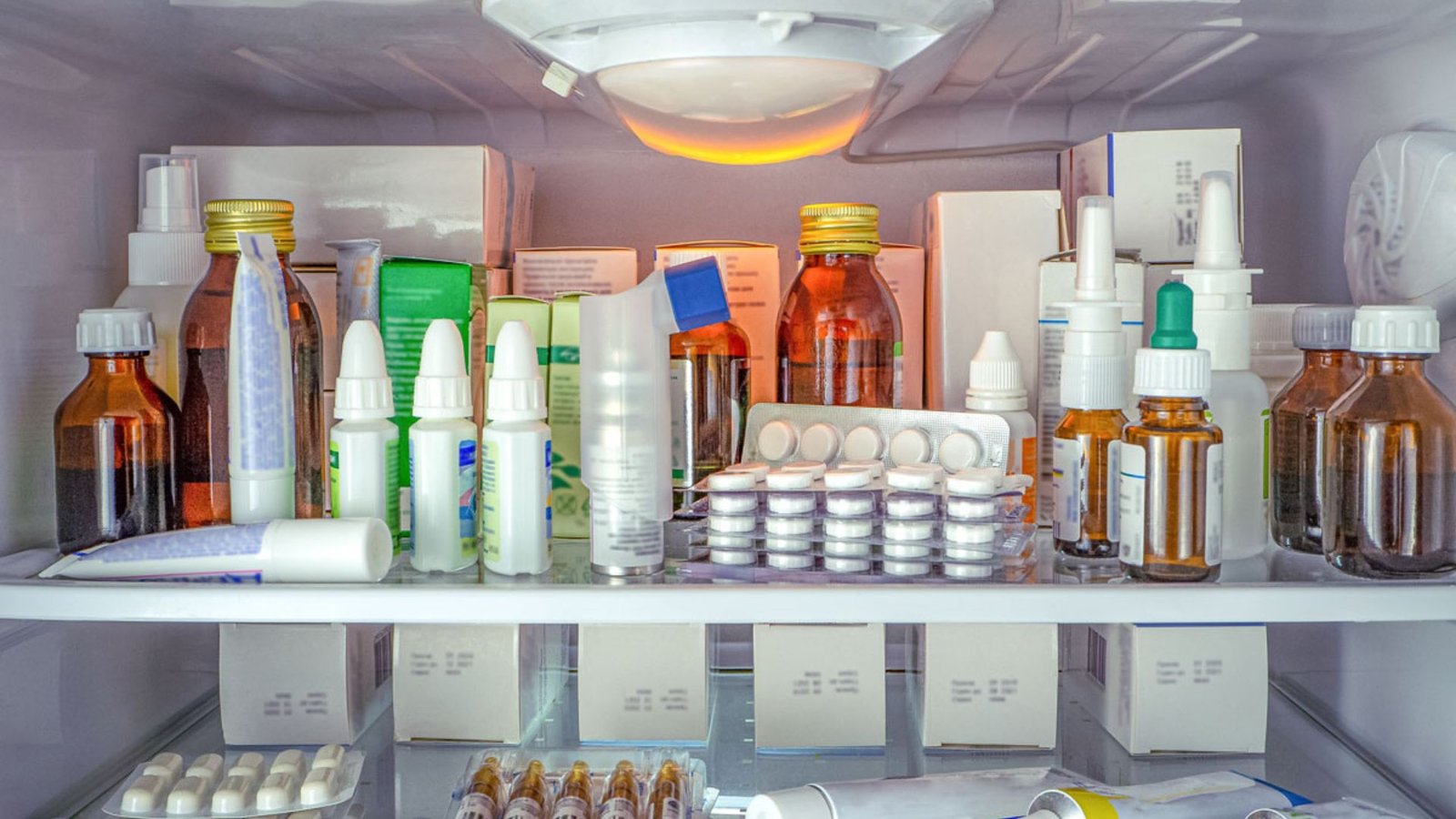Antibiotics are powerful tools for treating bacterial infections, but their effectiveness relies on using them correctly. Learning how to use antibiotics safely is essential to prevent resistance, minimize side effects, and ensure optimal outcomes. This article provides practical guidelines and tips for the safe use of antibiotics, helping you manage your health responsibly.

Understanding Antibiotics
What Are Antibiotics?
Antibiotics are medications designed to combat bacterial infections by killing bacteria or inhibiting their growth. However, they are not effective against viral infections, such as the common cold or flu.
- Types of Antibiotics: There are several types of antibiotics, including penicillins, cephalosporins, tetracyclines, and macrolides. Each works differently and is prescribed based on the type of bacterial infection.
- Importance of Proper Use: Using antibiotics correctly is crucial to avoid contributing to antibiotic resistance, where bacteria evolve to become immune to the effects of the medication.
Guidelines for Safe Antibiotic Use
1. Follow Prescriptions Exactly
One of the fundamental principles of how to use antibiotics safely is to follow your healthcare provider’s prescription instructions precisely.
- Adhere to Dosage and Schedule: Take the antibiotic exactly as prescribed, including the dosage and timing. Missing doses or stopping early can reduce the medication’s effectiveness and increase the risk of resistance.
- Complete the Full Course: Finish the entire course of antibiotics even if you start feeling better before the medication is finished. Stopping early can lead to incomplete eradication of bacteria and potential relapse.
2. Avoid Self-Medicating
Self-medicating is a common practice that can be harmful. It’s important to avoid using antibiotics without proper medical advice.
- Do Not Use Leftovers: Avoid using antibiotics left over from previous prescriptions. These medications may not be appropriate for your current infection and could contribute to resistance.
- Consult a Healthcare Provider: Always seek professional medical advice before starting any antibiotics. A healthcare provider can determine the correct antibiotic based on your specific condition and medical history.
Recognizing and Managing Side Effects
1. Be Aware of Potential Side Effects
Understanding and managing the side effects of antibiotics is an essential aspect of using antibiotics safely.
- Common Side Effects: Some common side effects include gastrointestinal issues such as nausea, diarrhea, or abdominal pain. These effects are usually mild but should be monitored.
- Serious Reactions: If you experience severe allergic reactions, such as difficulty breathing, swelling, or rash, seek immediate medical attention. These symptoms could indicate a serious allergy to the antibiotic.
2. Monitor Your Health
Monitoring your health while on antibiotics helps ensure that you’re responding well to the medication and helps identify any adverse effects early.
- Keep Track of Symptoms: Note any changes in your symptoms or new side effects. Report these to your healthcare provider promptly to adjust treatment if necessary.
- Regular Check-Ups: Attend follow-up appointments as recommended. Your healthcare provider will assess your response to the antibiotic and make adjustments if needed.
Preventing Antibiotic Resistance
1. Use Antibiotics Responsibly
Using antibiotics responsibly is critical in preventing antibiotic resistance. Overuse and misuse of antibiotics contribute to the development of resistant bacteria.
- Avoid Unnecessary Use: Only use antibiotics for bacterial infections and not for viral illnesses. Misusing antibiotics for conditions like colds or flu can contribute to resistance.
- Educate Yourself and Others: Understand the importance of proper antibiotic use and educate those around you. Awareness can help reduce misuse and support public health efforts.
2. Practice Good Hygiene
Practicing good hygiene helps reduce the spread of infections and the need for antibiotics.
- Handwashing: Regularly wash your hands with soap and water, especially before eating or after using the restroom. Hand hygiene reduces the risk of infections and decreases the reliance on antibiotics.
- Vaccinations: Stay up-to-date with recommended vaccinations to prevent infections. Vaccinations help reduce the incidence of bacterial diseases and the need for antibiotics.
Conclusion
In conclusion, knowing how to use antibiotics safely involves adhering to prescription guidelines, avoiding self-medication, monitoring side effects, and preventing resistance. By following these principles, you can ensure effective treatment while minimizing risks associated with antibiotic use. Always consult with healthcare professionals for guidance tailored to your specific needs and conditions.




